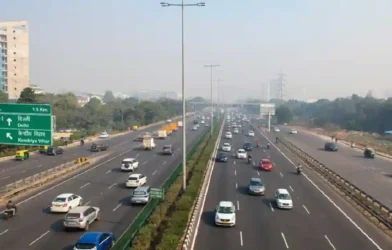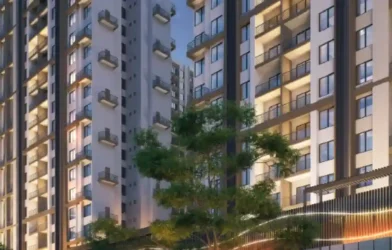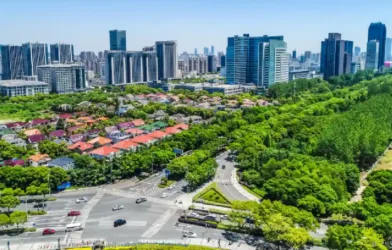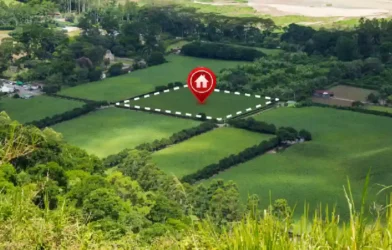Subtotal ₹0.00
Saurabh Vohara, Founder & CEO of ALYF
Nestled in the foothills of the Western Ghats, Karjat has quietly evolved from a monsoon getaway into one of Maharashtra’s most promising wellness and residential corridors. Just 75 minutes from Mumbai via the Atal Setu, the region is redefining what it means to live close to nature without compromising on modern conveniences.
What was once known for its lush weekend retreats is now witnessing a decisive lifestyle movement, as families, professionals, and retirees choose Karjat as their secondary and even primary home for the health, space, and serenity it offers.
Karjat occupies a strategic position within the Mumbai–Pune growth corridor. Upcoming infrastructure projects are dramatically shortening its 60-kilometre proximity to Mumbai and 100 kilometres to Pune. The Mumbai Trans-Harbour Link, Navi Mumbai International Airport, and the six-lane JNPT–Chowk Highway are transforming this region into one of western India’s most accessible destinations. The upcoming Navi Mumbai International Airport, in particular, is set to be a game-changer — connecting Karjat more seamlessly to both domestic and international travel networks. This enhanced connectivity positions Karjat as an even more attractive second or holiday home destination, offering urban dwellers the rare luxury of accessibility without congestion. Add to that the expansion of State Highways 38 and 54, and Karjat emerges as a location where infrastructure and environment co-exist seamlessly. Upcoming recreational developments like golf courses and sports arenas will further anchor Karjat’s social fabric, turning connectivity into lifestyle value.
In a country where most metros struggle with air pollution, Karjat’s clean air and rich biodiversity have made it a magnet for wellness seekers. Post-pandemic, the rise of wellness tourism and the growing preference for remote work have brought a new wave of residents, urban professionals seeking permanent access to natural surroundings.Here, wellness isn’t limited to spas or weekend retreats; it’s the everyday atmosphere. For many parents, the decision to move to Karjat is driven by a desire to raise children amid clean air and open spaces, while maintaining access to quality education. The upcoming townships and increasing livability are paving the way for reputed schools and institutions. Families here enjoy the best of both worlds, such as proximity to urban resources with the developmental richness of nature.
Karjat’s growth mirrors India’s shifting luxury real estate trend. The country’s $ 3 billion second-home market has matured into a wellness-led lifestyle movement, and Karjat sits at its heart. With Mumbai’s growing base of millionaires and centi-millionaires, the demand for residences that combine prestige with purpose is rapidly rising. Premium developments now being announced in Karjat reflect this mindset.
Karjat today blends pristine nature with practical convenience. Healthcare access through hospitals like Dhirubhai Ambani Hospital, retail infrastructure including DMart, and high-speed internet connectivity make it easy for residents to work remotely while staying connected. It’s this synthesis of environmental health, modern infrastructure, and holistic lifestyle that positions Karjat as a prototype for India’s wellness-centric living future.
Karjat’s transformation is a natural evolution shaped by thoughtful infrastructure, wellness-led demand, and a collective shift towards sustainable living. As India’s cities seek balance between opportunity and wellbeing, Karjat stands out as a destination that has already found it. By 2030, this vibrant region is poised to emerge as India’s wellness capital, where clean air, connectivity, and community come together to define the future of luxury living.And with projected property appreciation 25-30% over the next 5 years , Karjat is emerging as a destination for sound investment and a soulful retreat.












